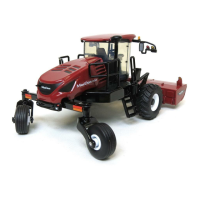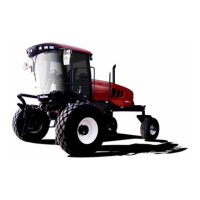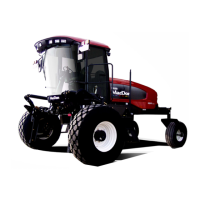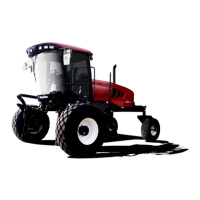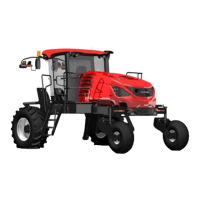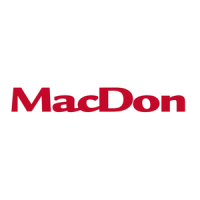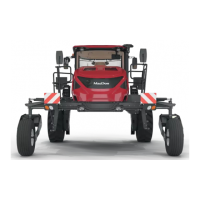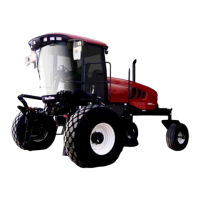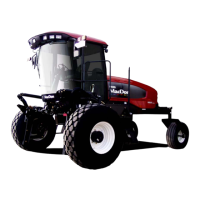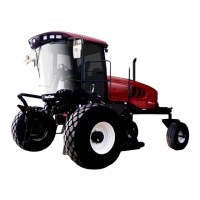J
Jessica HornSep 8, 2025
Why is my MacDon M1240 engine knocking?
- CCarla KrauseSep 8, 2025
If your MacDon Farm Equipment engine is knocking, it could be due to insufficient oil. Add oil to resolve this. Another cause could be improper fuel, so ensure you are using the correct type of fuel.
